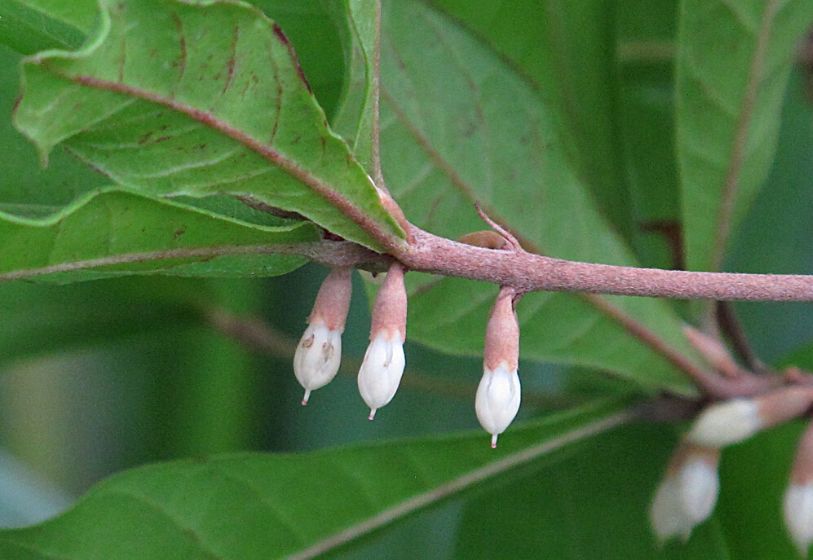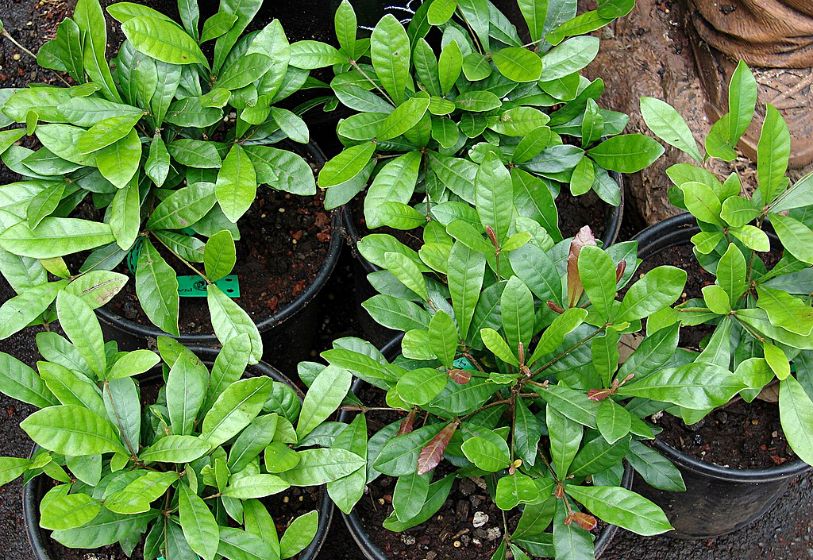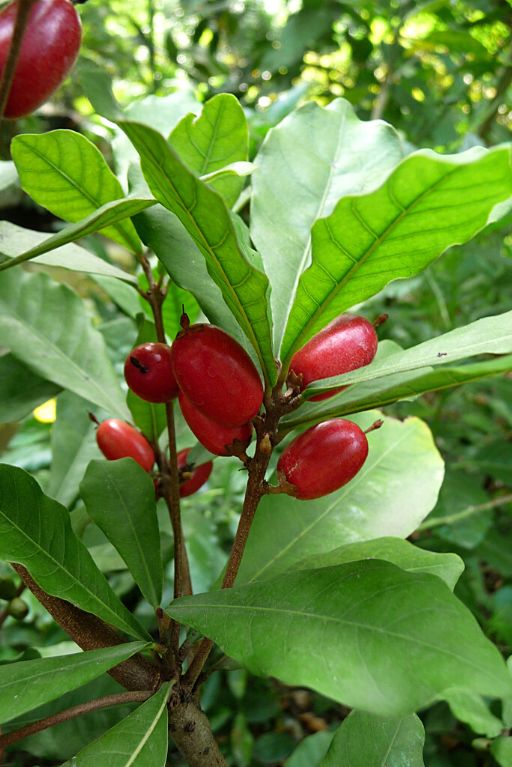If you’re one of those brave souls who can eat a raw lemon or onion without flinching, you might not be amazed by this little fruit. However, if you cringe at sour flavors, you’re in for a treat with the miracle fruit. This small red berry, mildly sweet, holds an extraordinary compound: miraculin. A glycoprotein capable of binding to sweetness receptors found on taste buds.
Typically, we expect genuinely sweet substances to activate these receptors, like a creamy milk pudding. But miraculin distorts our senses, causing these receptors to respond to acids instead of sugar and other sweets. So, if you nibble on these fruits, you might spend anywhere from 30 minutes to two hours believing that lemons and other tart foods are incredibly sweet and not at all sour. In practice, those who experiment and overindulge in acidic foods could end up with mouth and tongue ulcers because, despite the perception of sweetness, these foods remain acidic.

The miracle fruit has been in use since at least the 18th century. The European explorer, Chevalier des Marchais, while searching for exotic fruits in West Africa, observed that the natives would harvest and chew on this fruit before meals. What’s even more peculiar is that in the 1970s, the fruit and its extracts were available and used by Americans following weight-loss diets. However, the FDA (Food and Drug Administration) eventually banned its commercialization, claiming the fruit was a food additive requiring scientific safety evidence. Exactly the kind of decision that seems influenced by the artificial sweetener industry. Conspiracy theories aside, nowadays it’s possible to cultivate miracle fruit in your own backyard.
Miracle fruit is a shrubby species native to Africa. It grows to about a meter in height (3,3 feet) and is multi-stemmed, featuring several gray-brown woody stems emerging from the base. Its sap is milky, forming a rounded, globular crown with evergreen foliage throughout the year. The leaves are simple, oblong to lanceolate, perennial, alternate, smooth, with a leathery texture and well-defined veins. The bisexual flowers are small, white, solitary, or in small clusters, blooming along the branches year-round. The flower’s calyx consists of four to five sepals, the corolla with four to five petals, and the androecium with five stamens. While self-pollination occurs, cross-pollination is also possible. The ensuing fruit is an ellipsoid berry, initially green and covered in short hairs, turning bright red when ripe, around 90 days after flowering. Each fruit holds a large black seed surrounded by a thin layer of white pulp with a subtle cherry-like flavor.

Beyond its recreational and medicinal uses, which still require more research, the curious miracle plant can serve in landscaping due to its high ornamental value. Its small flowers have little aesthetic significance, but the red and enduring fruits combined with the evergreen foliage make this shrub quite attractive and decorative. It can be shaped into a shrub or small tree through pruning, fitting well in orchards or formal gardens. It can also be potted, adorning balconies and terraces.
Miracle fruit thrives in full sun or partial shade, in fertile, well-draining, organic-rich, acidic soils (pH between 4.5 and 5.8). Once established in the garden, supplementary watering is ideal. It enjoys moist soil but can’t tolerate waterlogging. It withstands short periods of drought but should be protected from cold and frost. Fertilize it with organic materials like bone meal and well-aged poultry manure or mineral fertilizers, such as NPK formulas for fruit-bearing plants, always following the manufacturer’s recommendations. Remember to water the plant before and after each fertilization to prevent root burn. It can be propagated through cuttings and seeds, which should be harvested from ripe, depulped fruits and planted promptly to retain their germination power (recalcitrant seeds). Germination typically takes 14 to 21 days. These small shrubs start bearing fruit about 3 to 4 years after planting and yield two harvests annually, after the rainy season.

